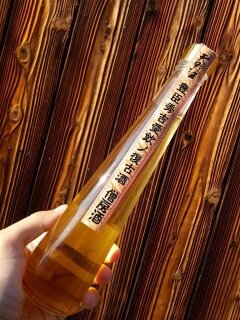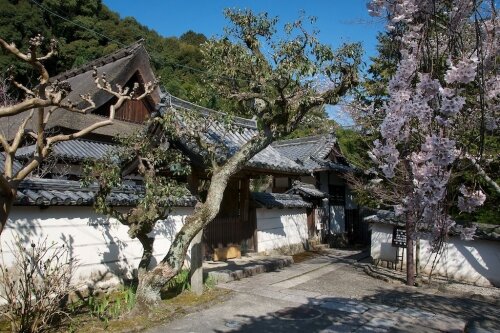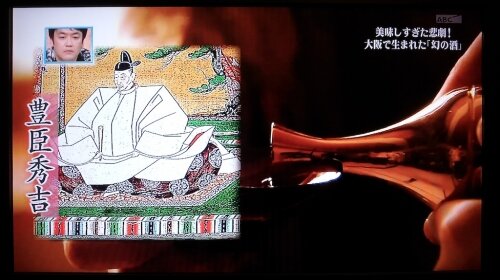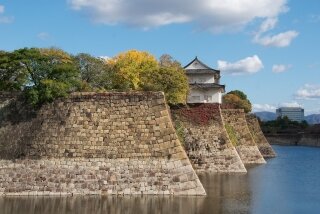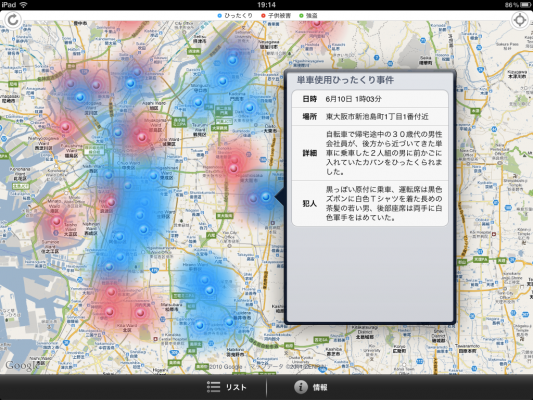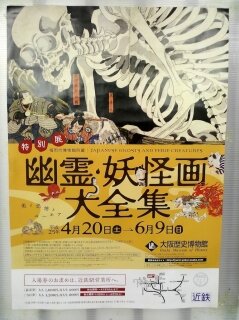
Recently I spotted a poster for the “Japanese ghosts and eerie creatures” exhibition (幽霊・妖怪画大全集). It is going to be on display in from April 20th to June 9th.
I had a chance to see this exhibition in Fukuoka last year and I highly recommend it.
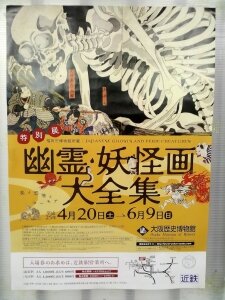
For visitors from foreign cultures the exhibition does not only have an artistic meaning, but also gives background to things he or she might encounter in real life in Japan. Starting with why Japanese are checking your feet when you surprise them with a sudden appearance (Japanese ghosts do not have feet) or how Japanese perceive different animals.
The first part – ghosts – started with a series of explicit drawings showing stages of human body decomposition. It was a gloomy but meaningful introduction to how fear of death brought fascination with the world of ghosts. Exhibits included a number of ink paintings of ghosts in habitual situations, allowing visitors to grasp the basic concepts of what are the typical features of ghosts in Japanese culture. Some of themes like: a ghost in four seasons, a ghost with cherry blossom twig were very Japanese-like. It finished with colorful woodblock prints of ghosts that became “celebrities” through popularization in kabuki plays.
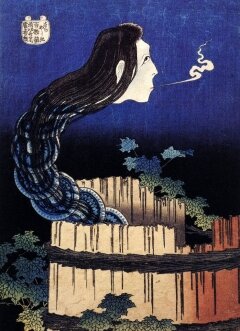
Second part – demons and monsters – started with an introduction to the concept of demons living in musical instruments and other tools which required periodic replacement. The main part constituted large scrolls from Edo period – sort of “monster encyclopedia” – depicting and describing all “living” monsters. Then the exhibition introduced all other eerie creatures from folklore (tengu), religion (a demon converted to a Buddhist from the City of Otsu) and history (people who became icons of evil).
It even showed some political caricatures from late Edo period portraying bakufu government with faces of monsters.
Last part – animals – showed how cats, foxes, rats, snakes, monkeys, etc. were attributed malicious features. And how they manipulated people and led them to destruction.
Full of historical and artistic references, this exhibition is a real treat for anyone with a slight interest in Japanese culture or just anyone who likes that eerie feeling.

|

|

|

